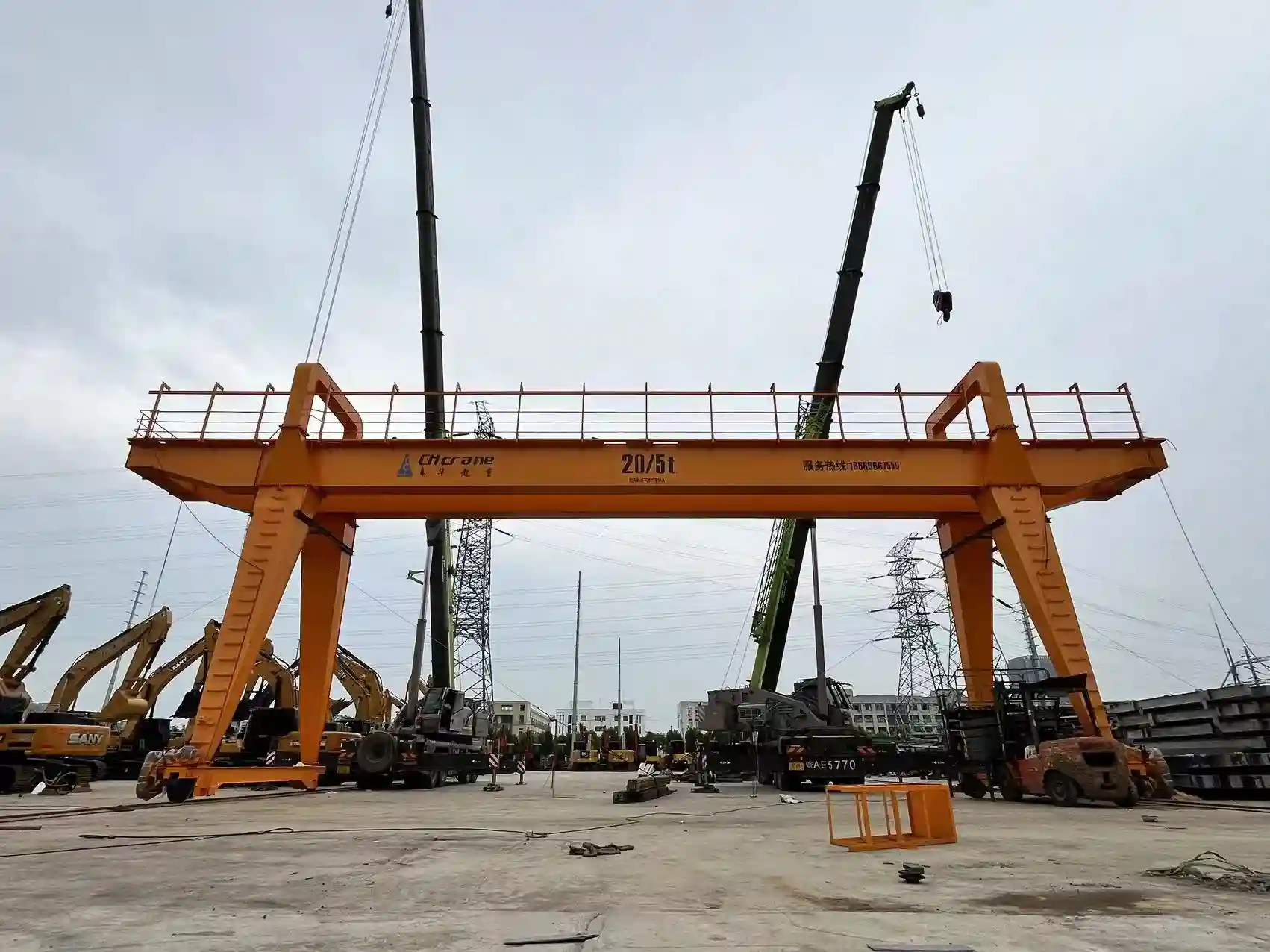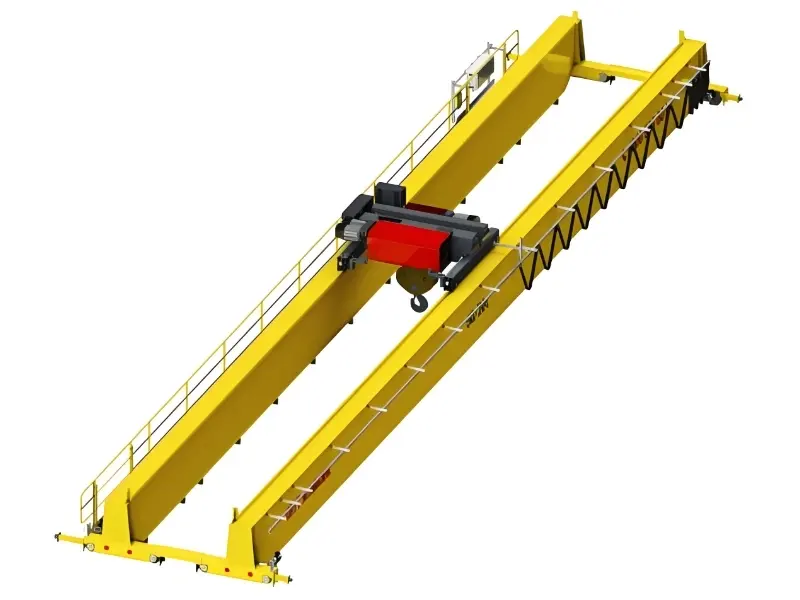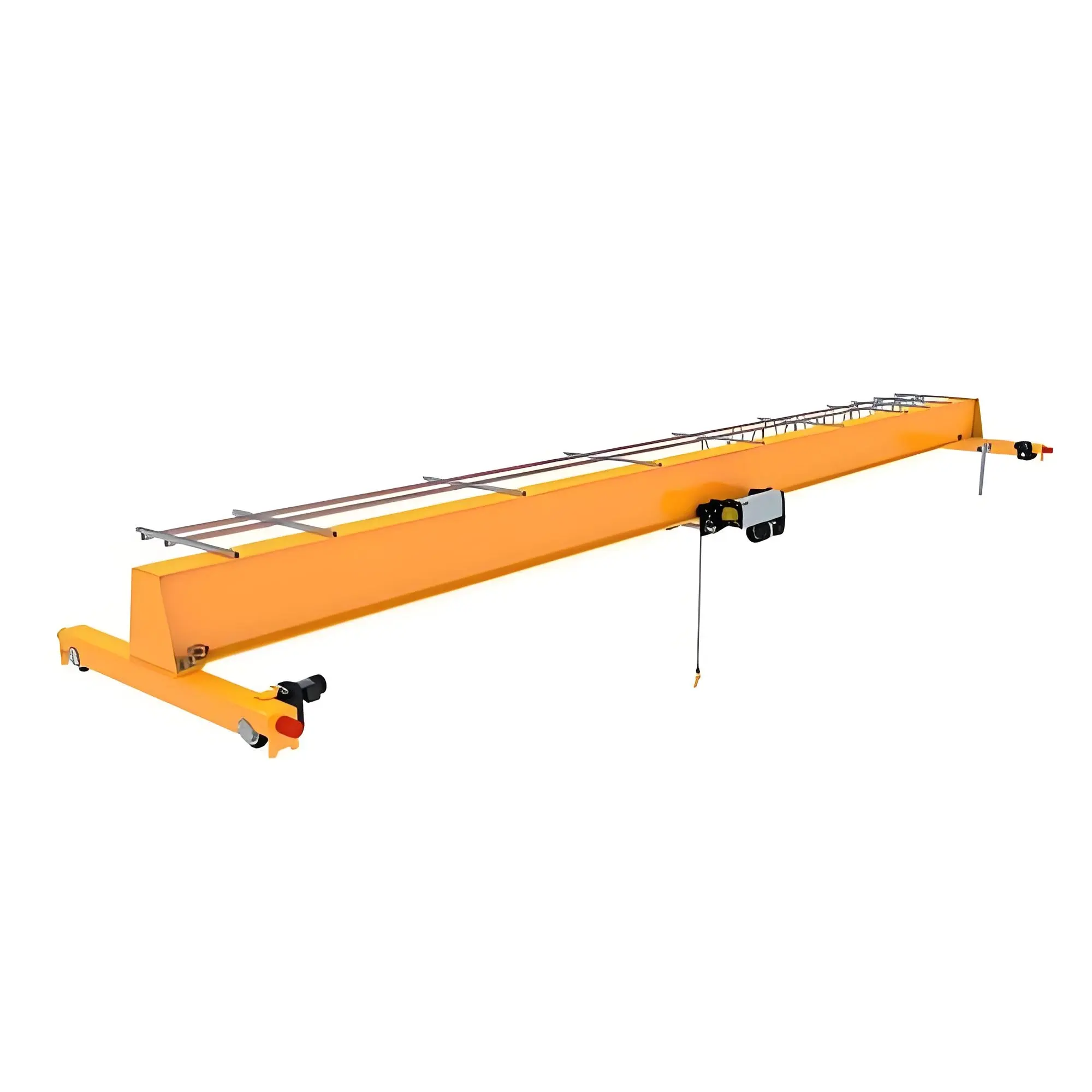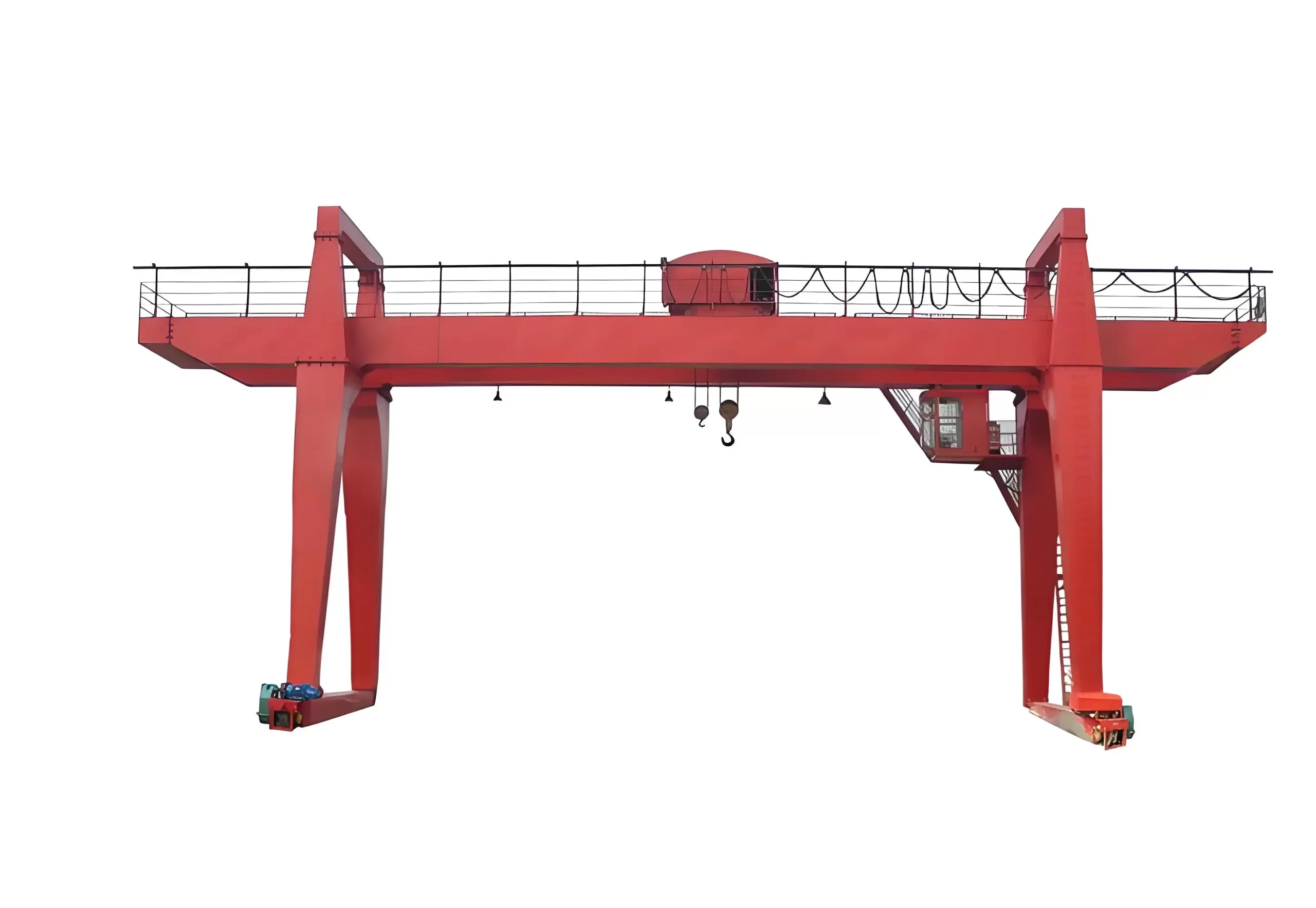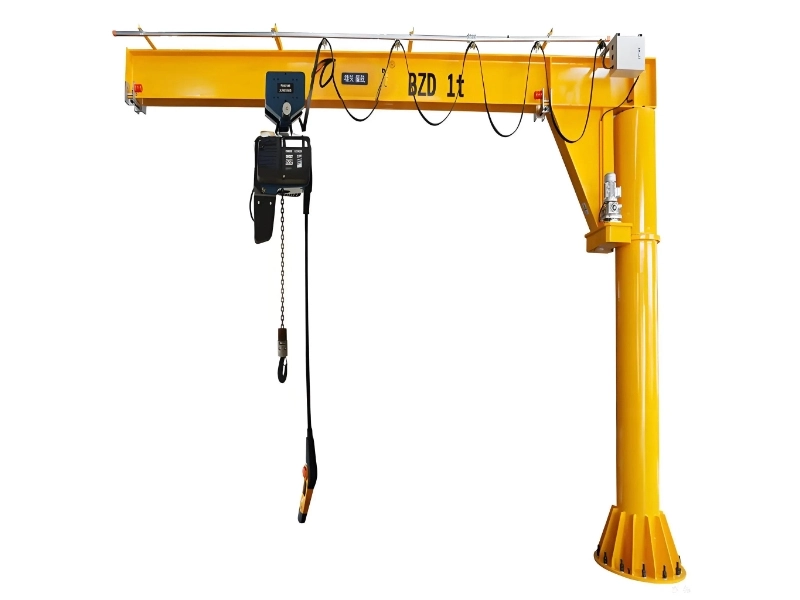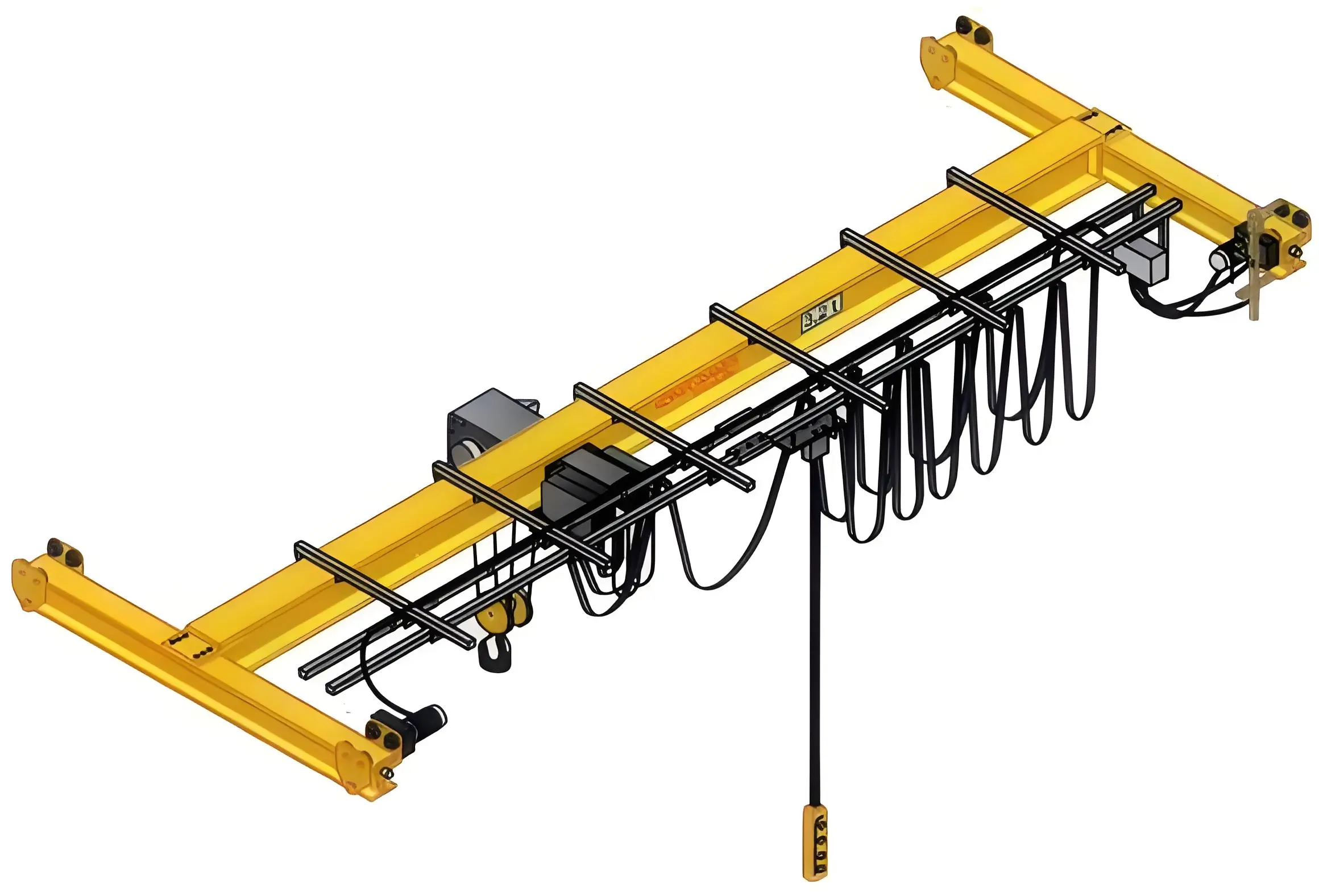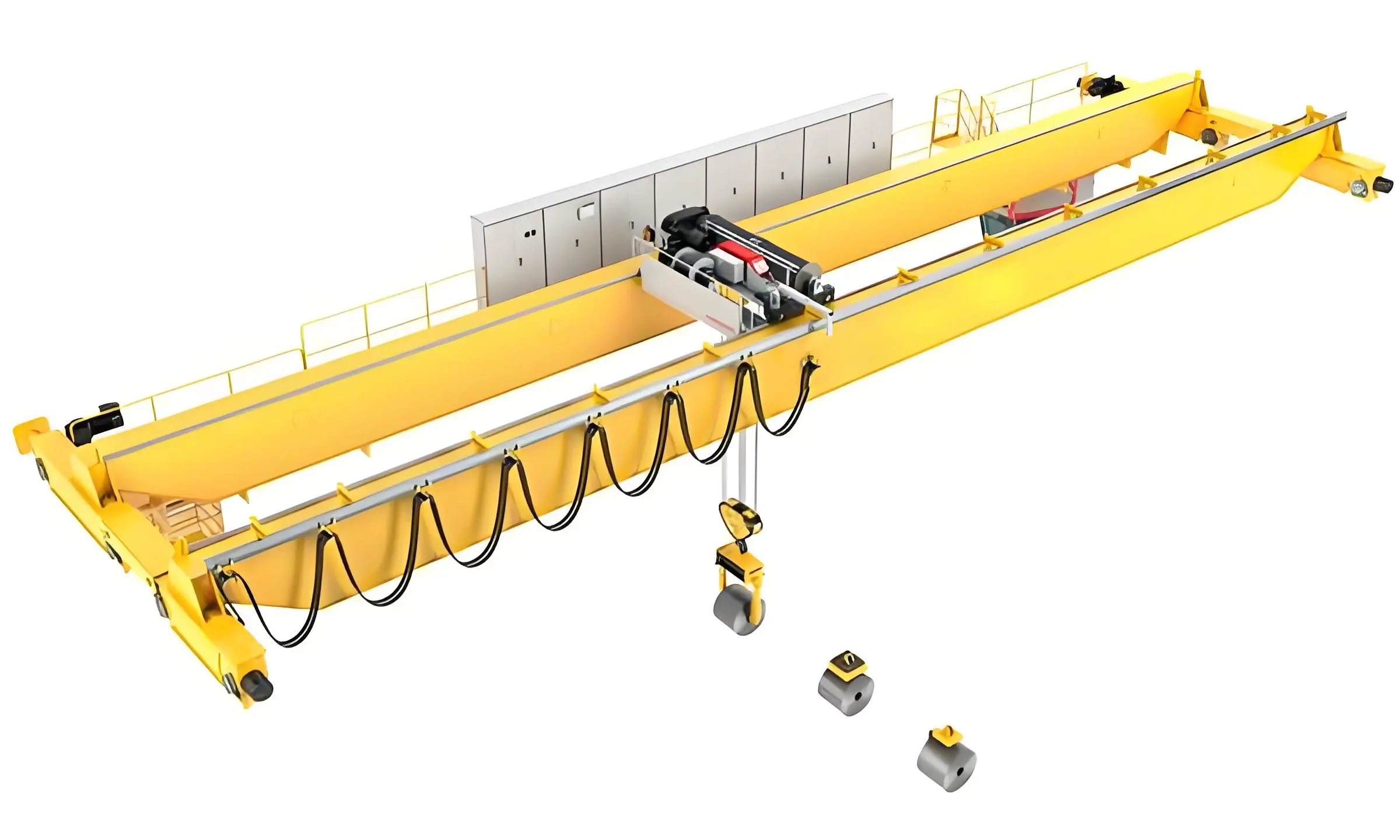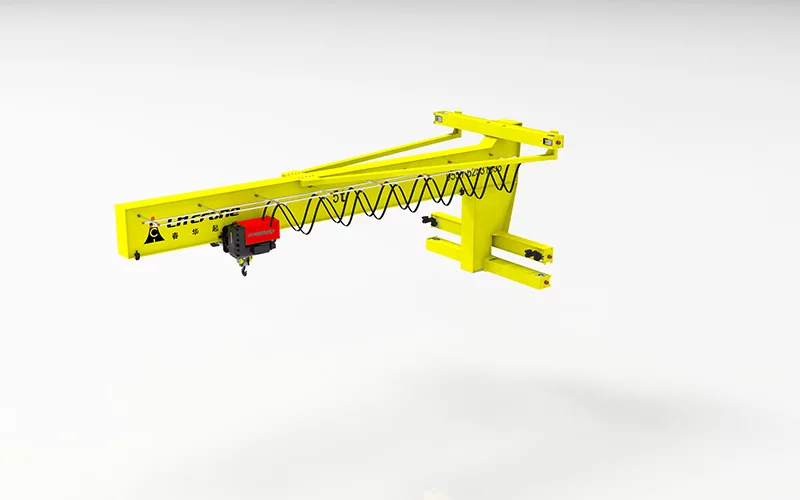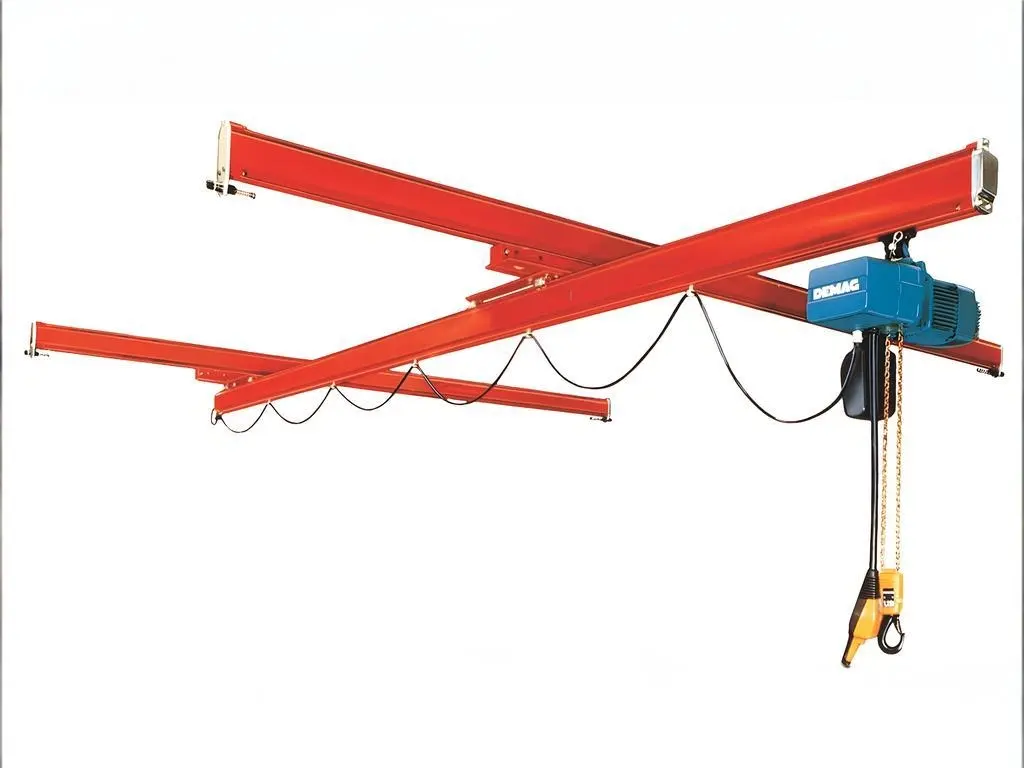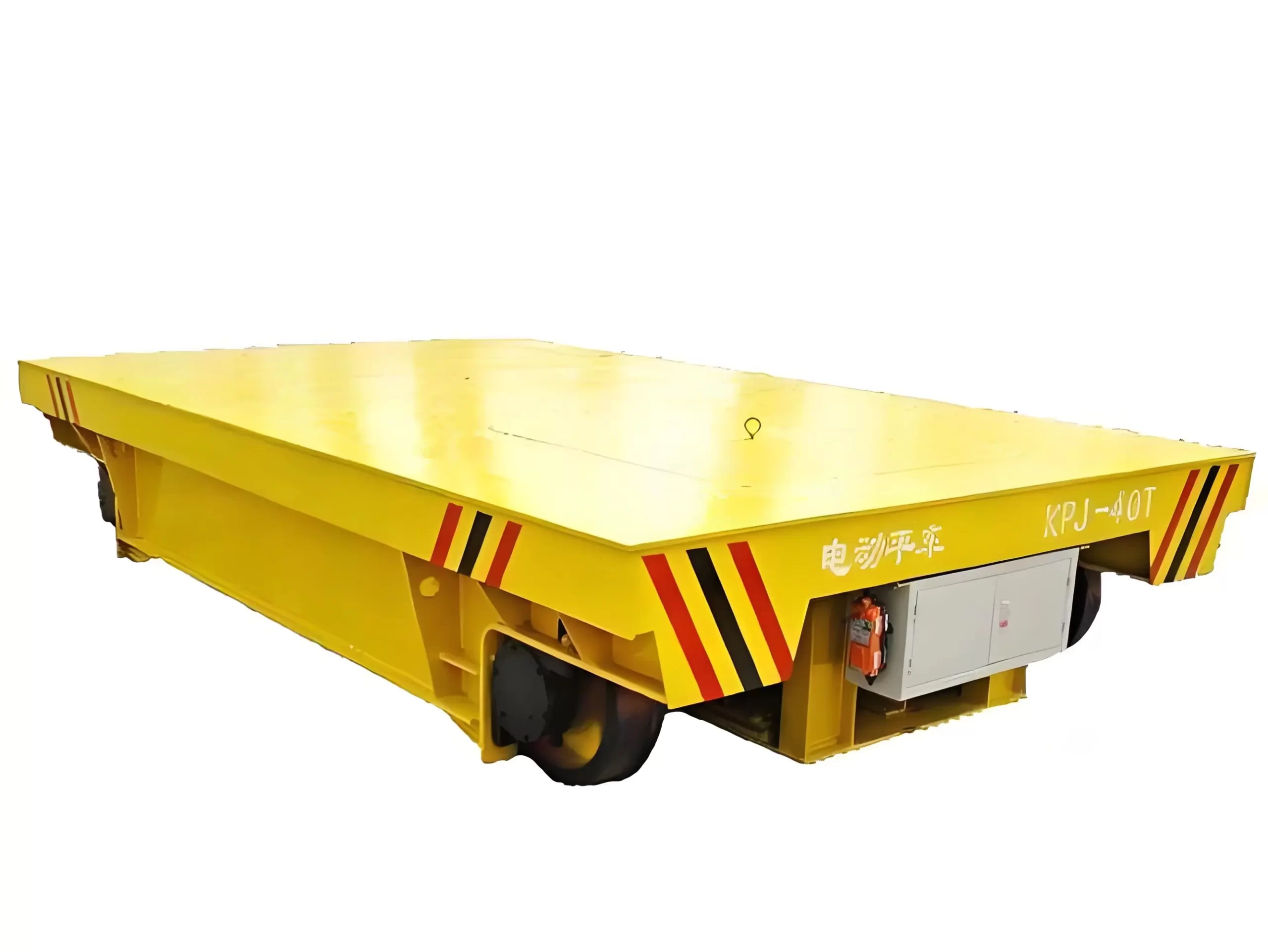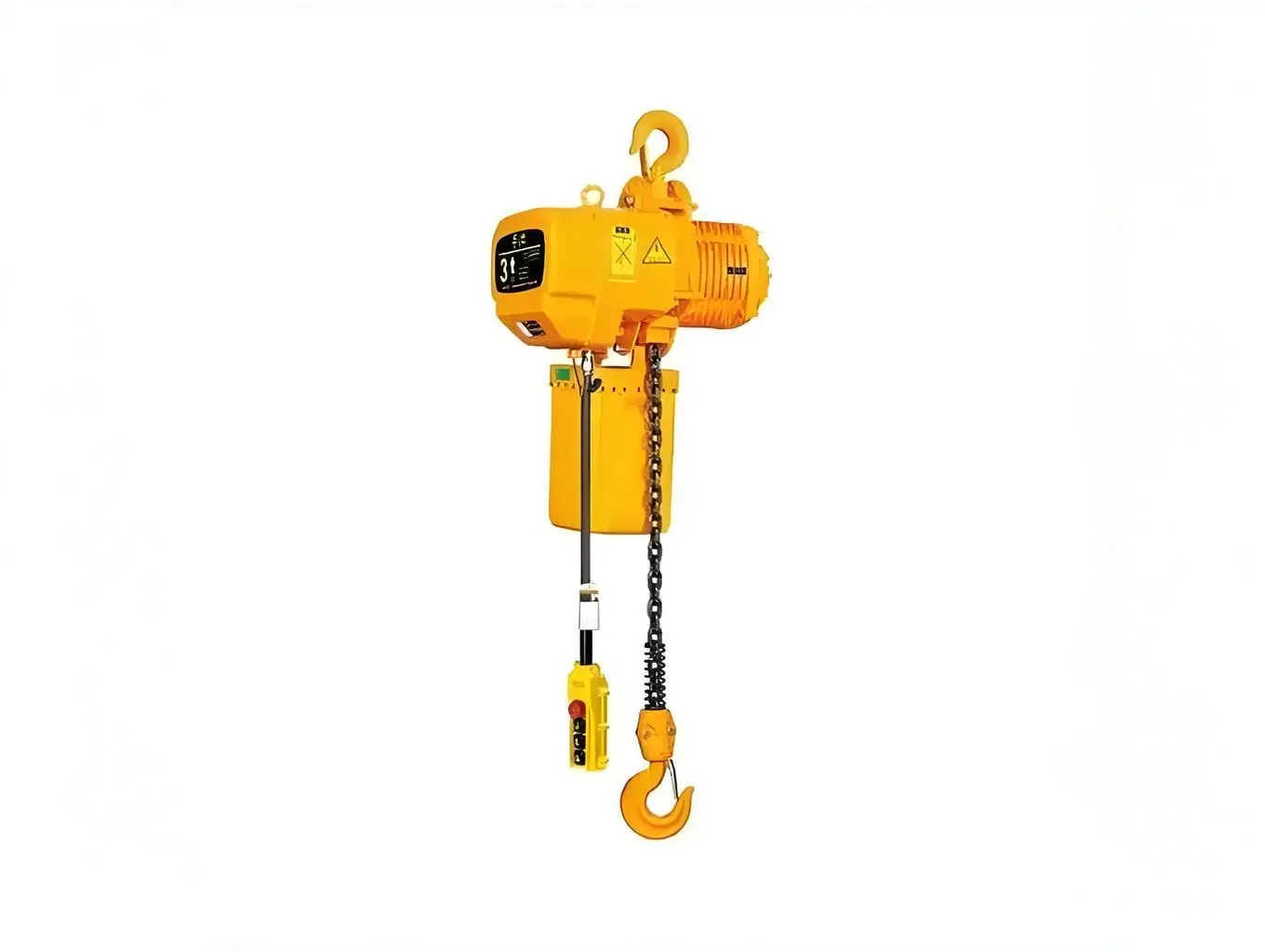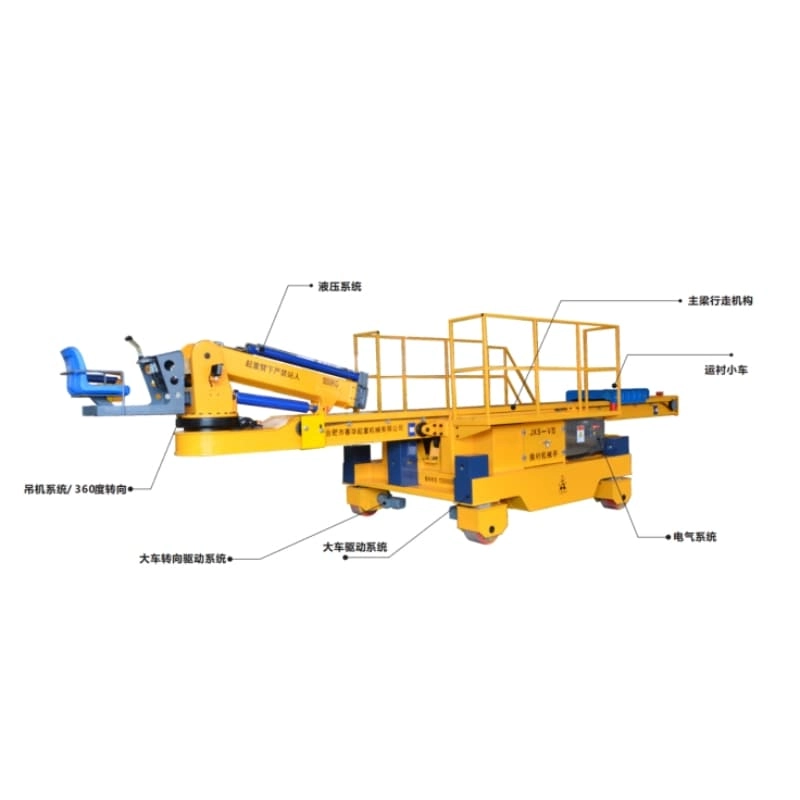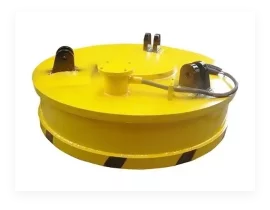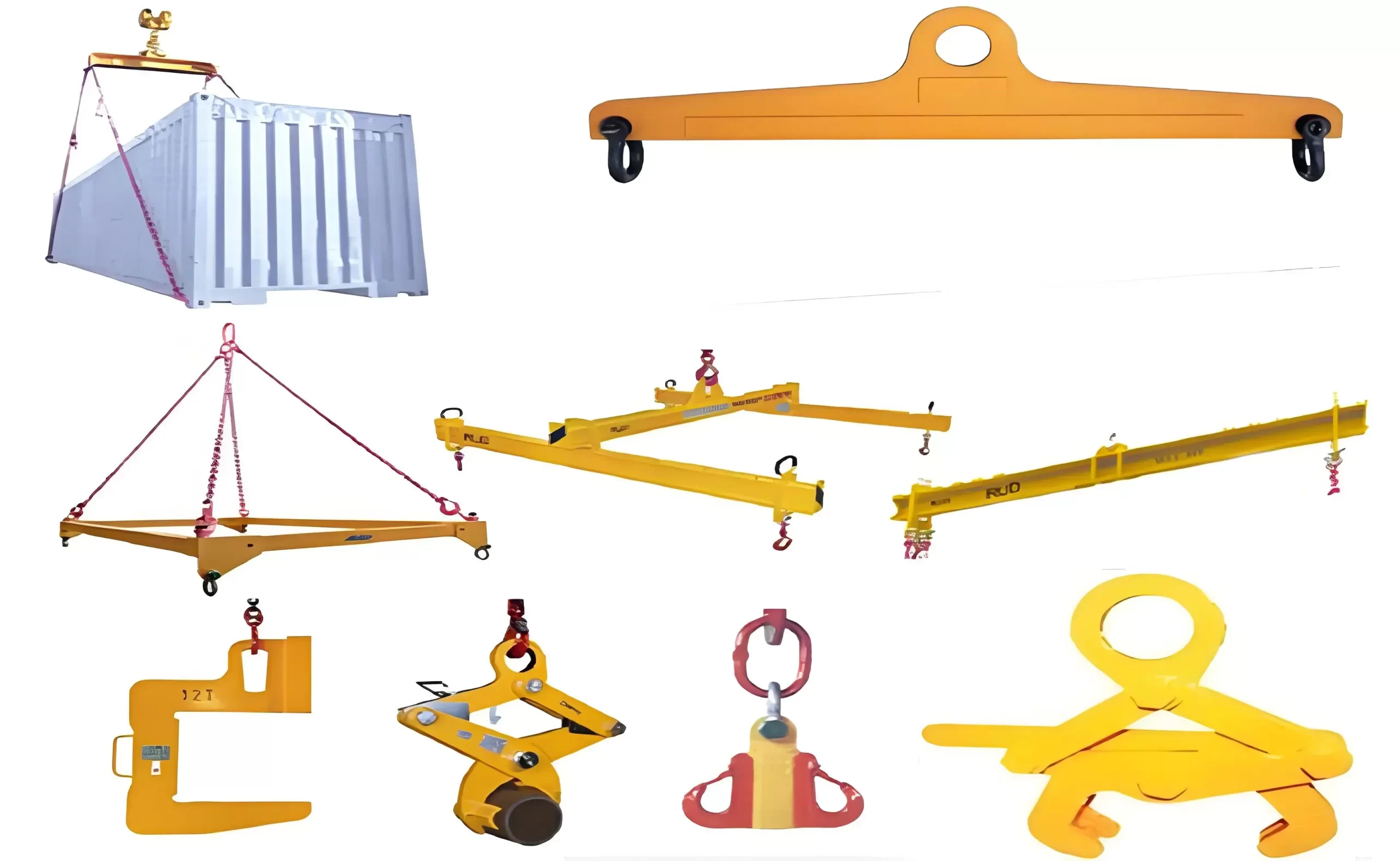-
09
2024/07
What is a Semi-Gantry Crane?
A semi-gantry crane is a type of bridge crane where one end beam runs on an elevated track while the other end beam runs on a ground track. It is typically used for material handling both indoors and outdoors.
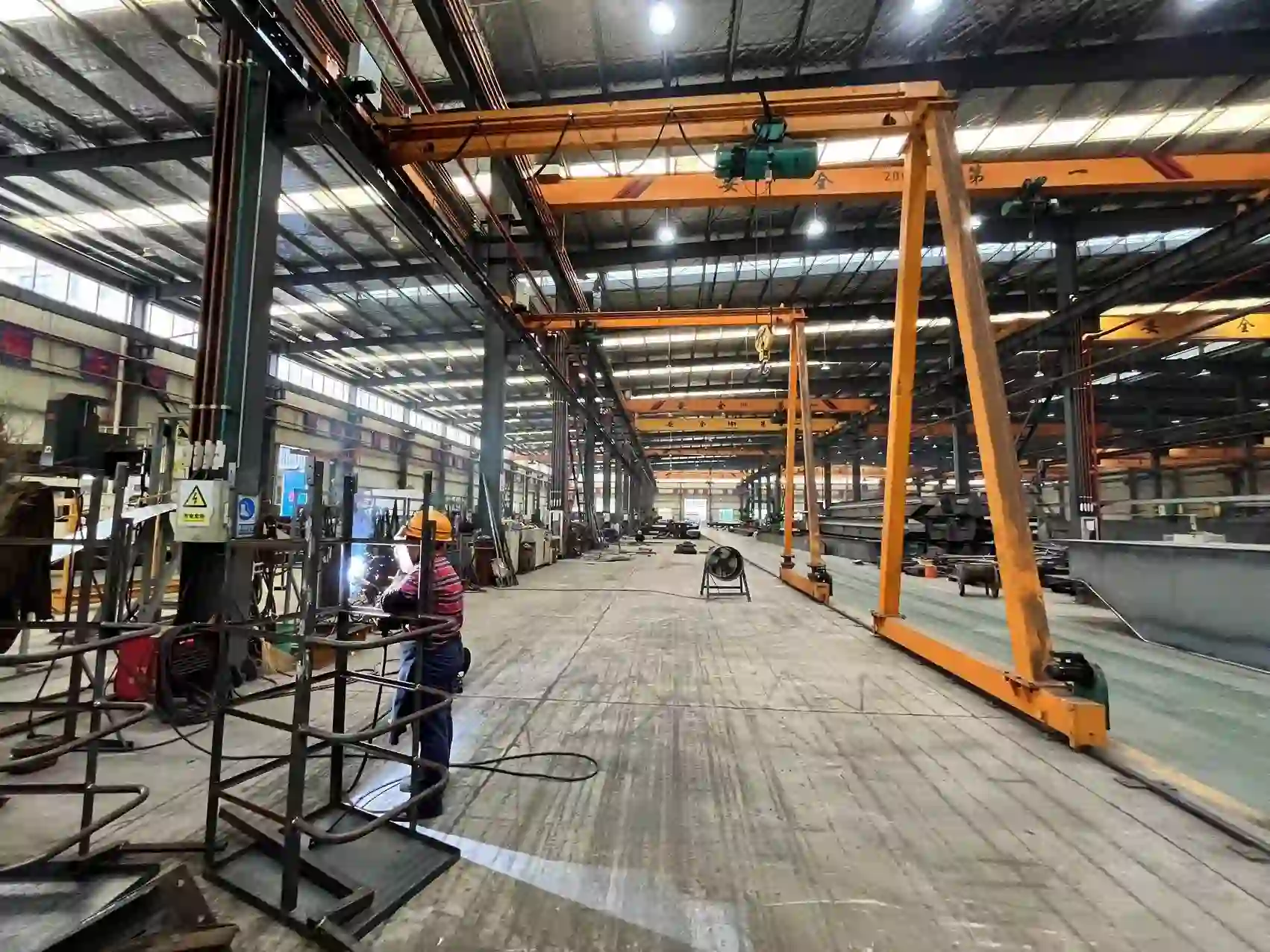
-
03
2024/07
How is the steel required for crane production processed?
Material Selection and Procurement: Select suitable steel for crane applications, such as high-strength low-alloy steel (HSLA), carbon steel, or alloy steel. Cutting: Use cutting machines (such as plasma cutters, laser cutters, or flame cutters) to cut the steel plate into the desired size and shape. Forming: Shape the steel plate into specific forms, such as beams or support structures, through bending, rolling, or stamping processes. Welding: Use various welding techniques (such as gas-shielded welding, subm...
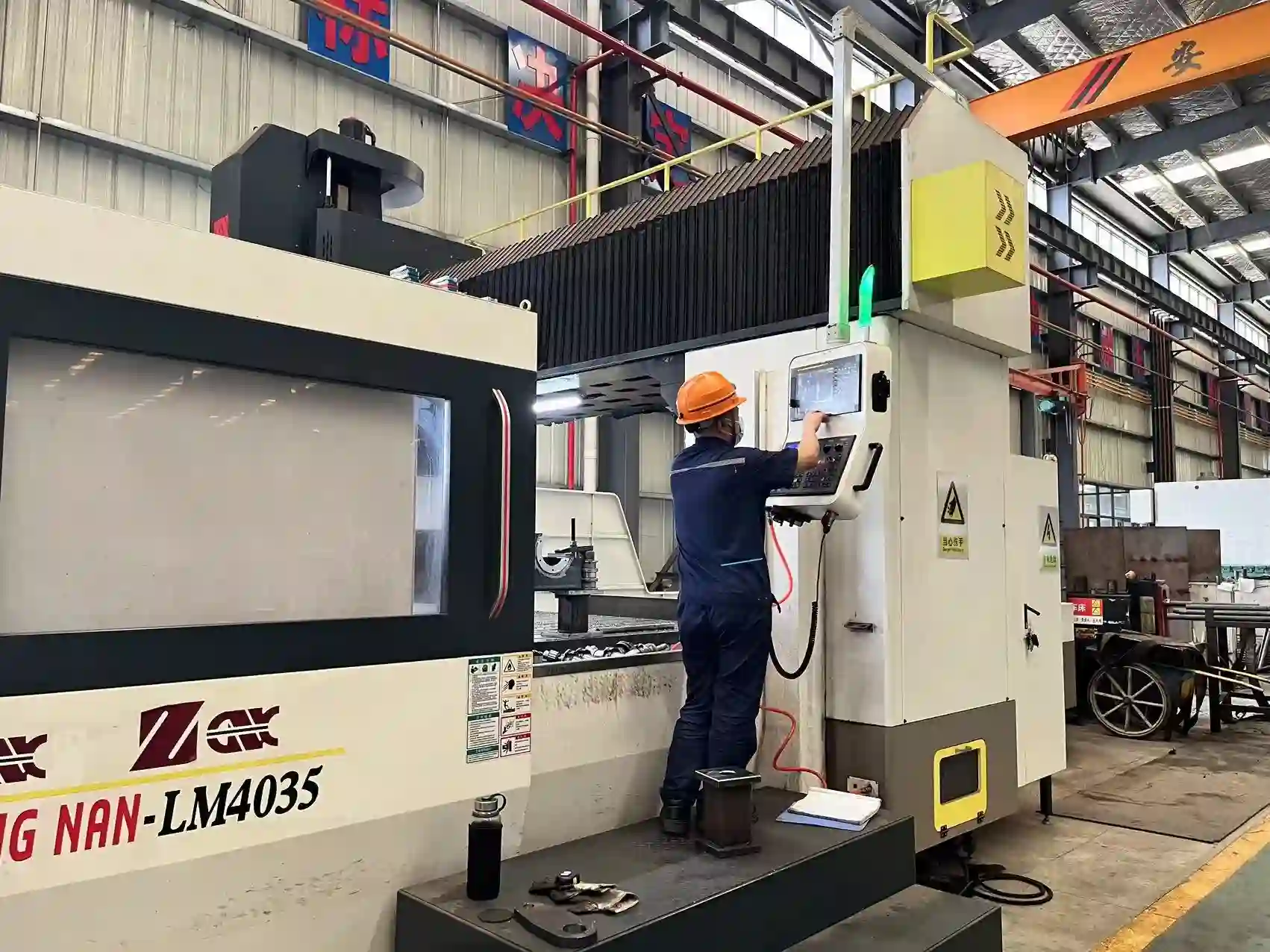
-
02
2024/07
What are the steps for producing the main beam of the crane?
Material Preparation: Select appropriate steel, usually high-strength low-alloy steel, and cut and prepare it according to design requirements. Welding Assembly: Weld the steel plates and steel beams into the basic framework of the main beam. This process requires ensuring the quality of the welds to guarantee the strength and stability of the main beam. Correction and Straightening: After welding, the main beam may deform, so correction and straightening are needed to ensure the straightness and geometric dimensions...
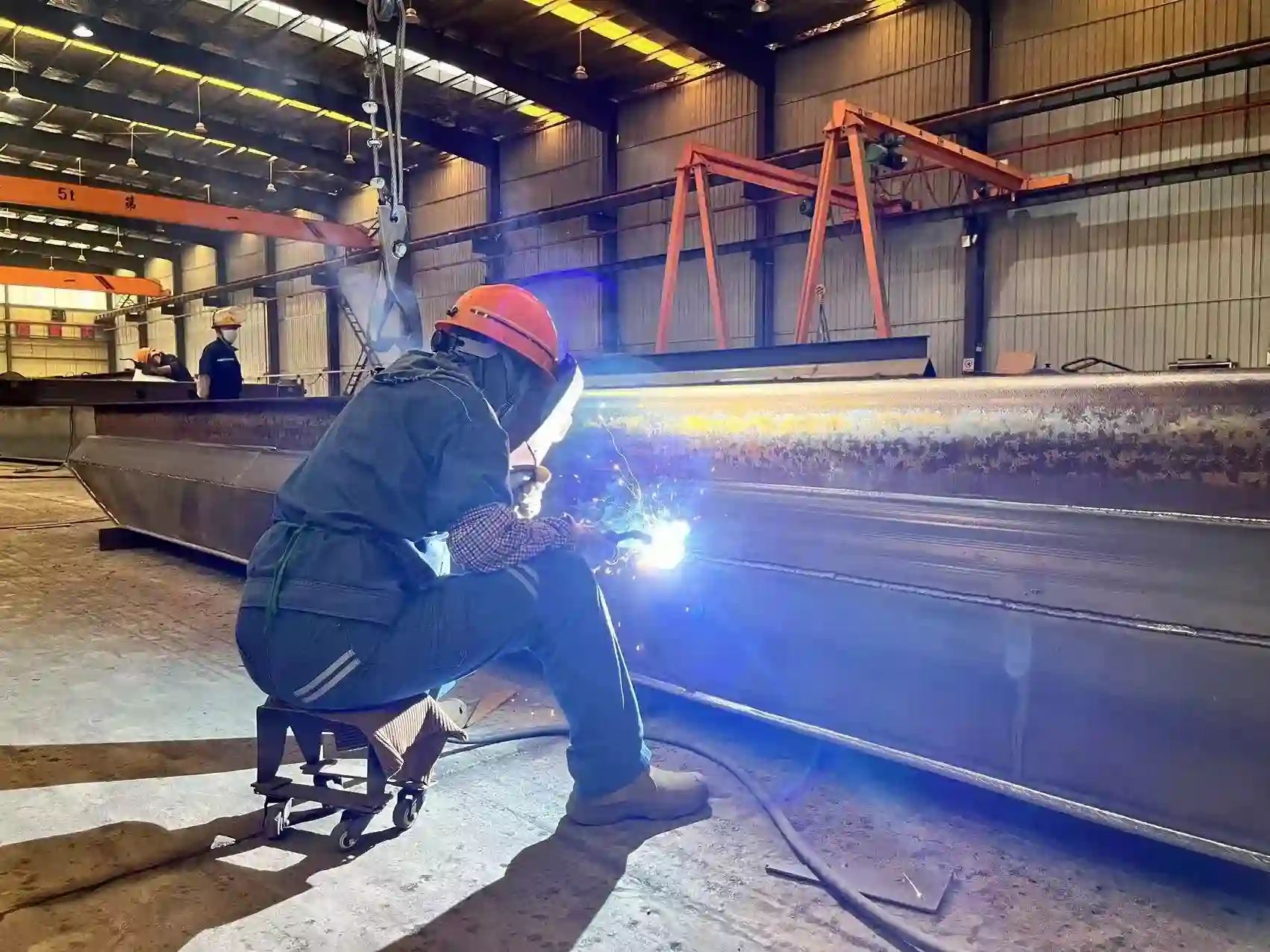
-
01
2024/07
Does installing a gantry crane require a foundation?
Whether a foundation is required depends on the specific model of the gantry crane and the operating environment. Here are some common scenarios: Lightweight portable gantry cranes: Usually do not require a foundation and can be used directly on a flat, solid surface. Medium and heavy-duty gantry cranes: Typically require a foundation to ensure stability and safety. The foundation prevents the gantry crane from tilting or moving during operation. Indoor gantry cranes: If the floor is sufficiently strong and level, an add...
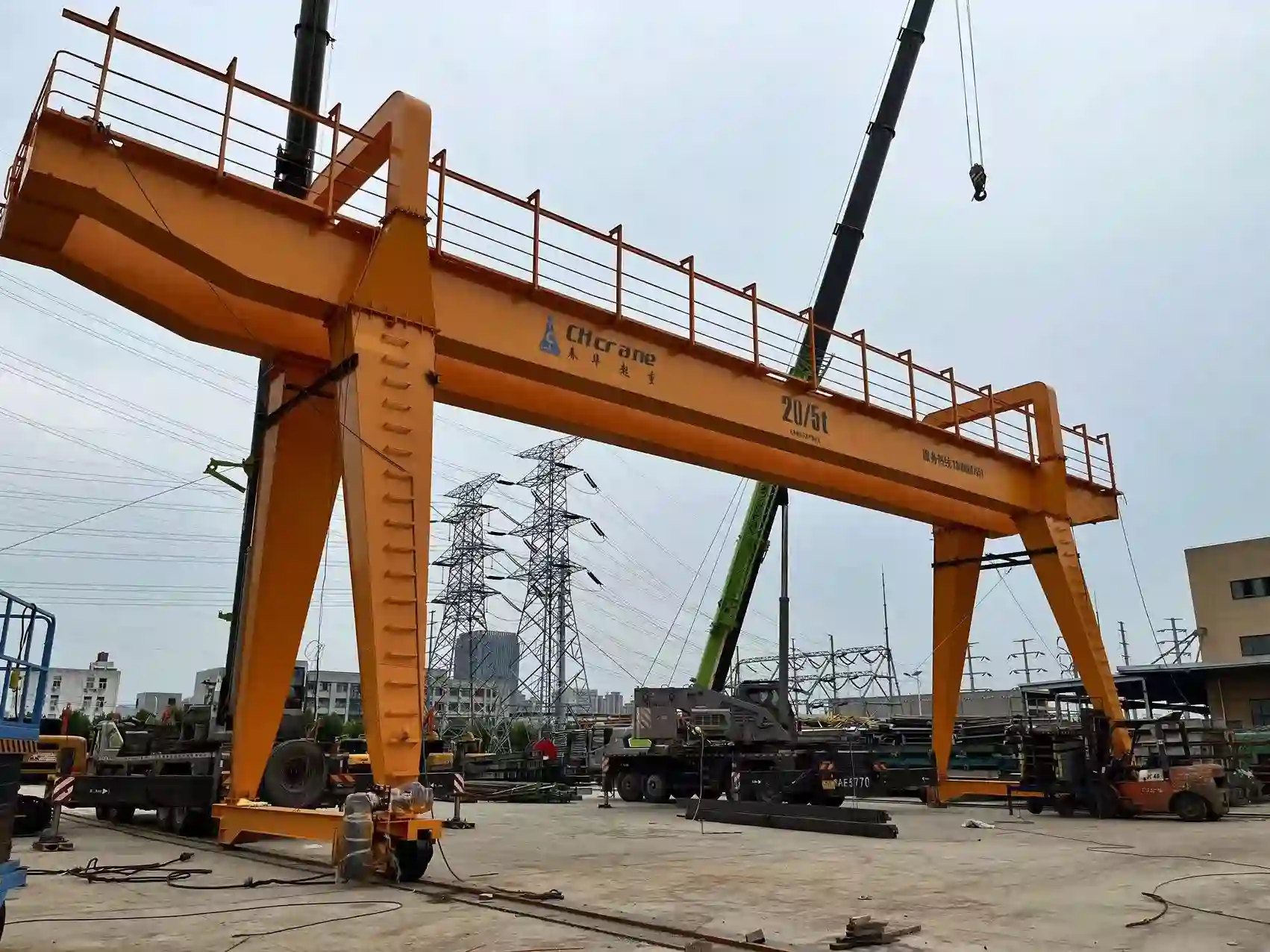
-
28
2024/06
What are the differences between flexible KBK and rigid KBK?
Flexible KBK Crane Design: Suspended structure with tracks hung from fittings. Made of aluminum alloy or lightweight steel. Applications: Suitable for limited spaces needing flexible layouts, like assembly lines and workshops. Features: Easy to install and move, highly flexible. Smooth operation with low noise. Rigid KBK Crane Design: Fixed structure with tracks mounted on the ground or walls. Made of high-strength steel. Applications: Suitable for high load ca...
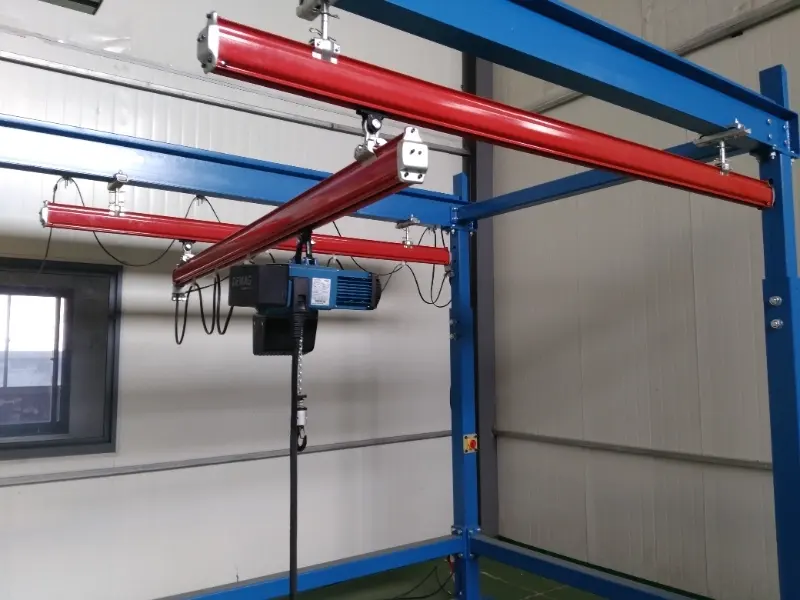
-
27
2024/06
What are the steps for Installing a Gantry Crane?
Preparation Work: Site Preparation: Clear the installation site, ensuring the ground is level and has sufficient load-bearing capacity. Equipment Inspection: Check all parts of the gantry crane for any damage to ensure they are in good condition. Personnel Training: Ensure that the installation personnel possess relevant skills and safety knowledge. Foundation Construction: Foundation Measurement: Measure and mark the foundation location according to the design drawings. Foundation Pouring: Pour th...
